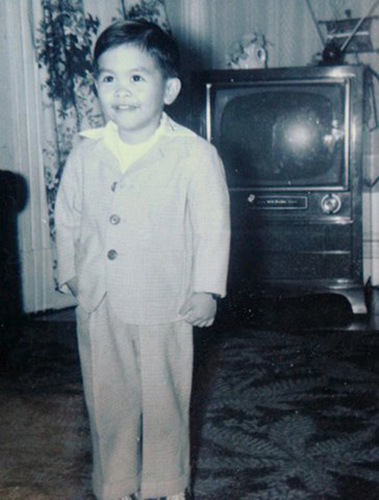Update on the NTSB investigation on the train accident 5/13/15:
Robert Sumwalt, Board Member of the NTSB just summed up at a press conference Amtrak’s inadequacy by pointing out how an Advanced Civil Speed Enforcement device has not been installed completely on the Washington-New York line.
“It is not installed for this area where the accident occurred,” Sumwalt said. “That type of system, we call a positive train control system, is designed to enforce the civil speed to keep the train below its maximum speed. We have called for positive train control for many years. It’s on our most wanted list. Congress has mandated it be installed by the end of this year. ”
“We are very keen on positive train control based on what we know, we feel that had such a system been installed this accident would not have occurred.”
Sumwalt confirmed train had reached speeds of 106 mph, on track suited for 50 mph speeds. Said engineer induced braking to 102 mph around time of derailment.
See more later in this post about the high-tech fix that Amtrak and Congress are slow to complete.
From earlier:
Paul Cheung was a passenger on the train. He had attended the big White House AAPI Summit and was heading back to New York.
He says he was watching Netflix when his Amtrak train derailed in Philadelphia.
Cheung was one of the lucky ones, as he tweeted his status last night.
Cheung’s AP colleague Jim Gaines, 49 of Princeton, New Jersey was identified this morning as one of the 7 dead.
Reports have the number of hurt at more than 200. As of Wednesday afternoon, eight passengers were still in critical condition, said Dr. Herbert Cushing, Chief Medical Officer at Temple University.
Cushing said there was a high number of rib injuries but just one head injury from the crash.
“Things could have been worse, ” Cushing said at a media conference.
Reports now say we have a 100 mph train going around a 50 mph curve.
NTSB is investigating.
Human error may play a significant role here.
At the same time, the tragedy is giving the nation a real lesson in what the term “infrastructure” means, and the importance of making sure our country’s public systems are safe.
Compared to the rest of the world, America has been remarkably behind the times when it comes to trains.
Modern bullet trains can go near 300 miles per hour. But not in America, where the average speeds for high speed rail are closer to 150 miles per hour. As Philadelphia shows, you can only go as fast as it’s safe, and while the train had no problem reaching speeds of 100 mph, the track was only rated for 50 mph.
Modern train systems already exist to regulate speeds of trains going too fast.
As an exclusive Reuters report points out, the Positive Train Control (PTC) system is partially installed on Amtrak, but is awaiting Congressional funding to be fully operational in the U.S.—by 2020.
The Philadelphia tragedy is almost certain to change the politics on that issue, and maybe even the implementation speed of real safety solutions.
CHECK OUT THE NEW HOME FOR THE AMOK COLUMN: www.aaldef.org/blog
LIKE and FOLLOW us on Facebook: http://www.facebook.com/emilguillermo.media
And FOLLOW my latest tweets on Twitter http://www.twitter.com/emilamok

